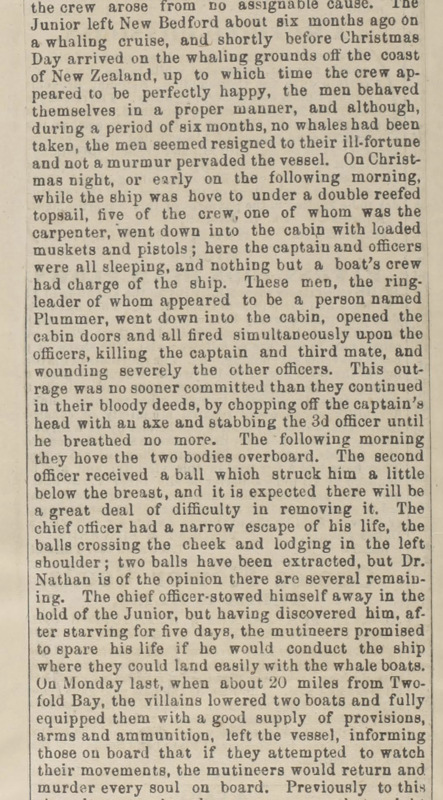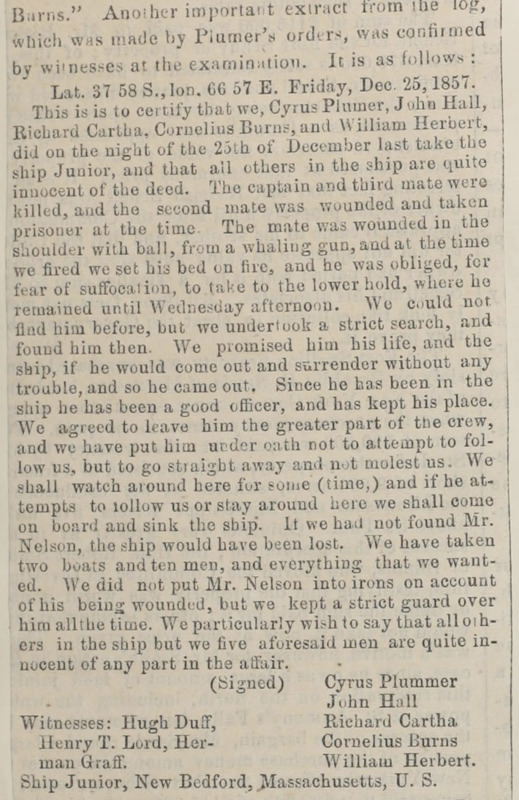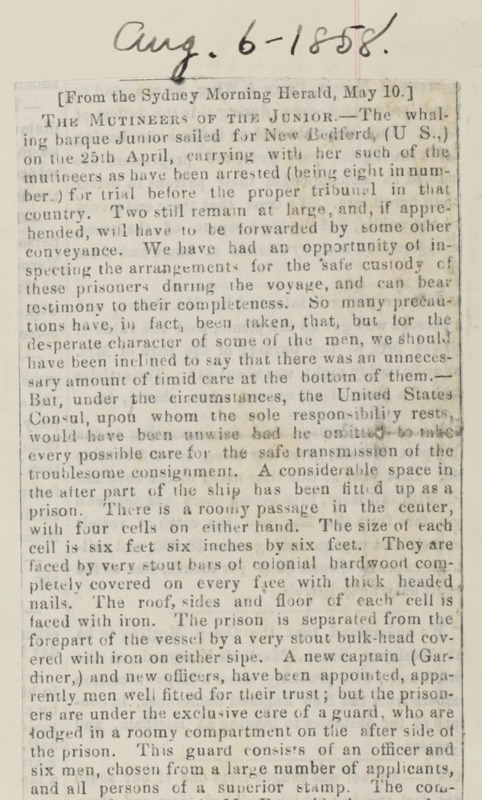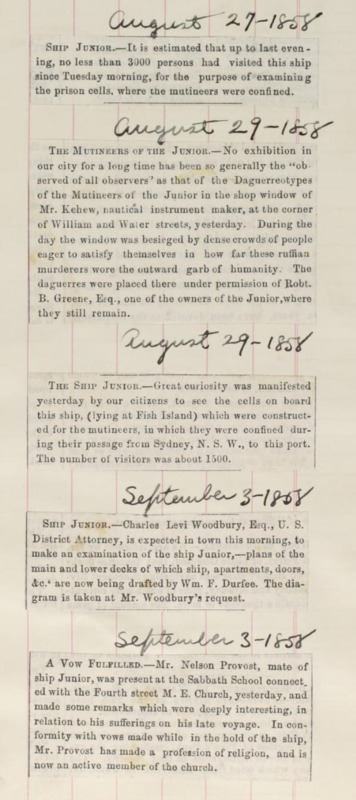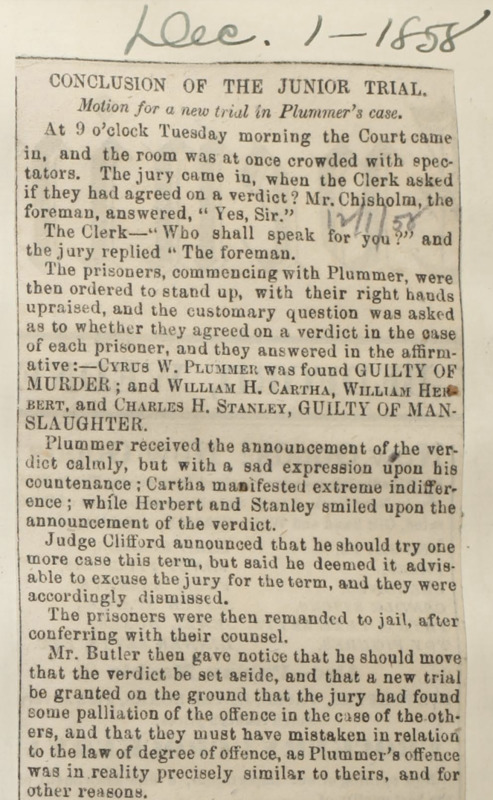What Actually Happened Though? - Mutiny! On The Junior
A mutiny is a strange concept: a small-scale coup, often necessarily violent, but on the authoritative power structure that is a ship, there is often no other way to more formally oppose the captain. On a whaling ship like the Junior, the typical power structure would be a captain at the top with complete authority and power - a dictator - followed by a first mate (second in charge), then a second mate, and often a third mate. In the event of any of their deaths, next on the chain of command would take over. The Captain and Mates were appointed before the ship set sail, often by the owner or benefactor of the ship. Completely overthrowing the captain and his mates was often the only possible way to change leadership on a long voyage.
Mutiny has long been thought by historians and scholars to be an anomaly, a rare occurrence that was the exception to the norm. Niklas Frykman, eminent scholar on mutiny, argues that due to the unreliability of the data on mutinies, it is hard to say exactly how common they are. One thing that is certain, based on Frykman’s research, is that mutiny was likely more common than was originally thought. Mutiny in the age of sail looks bad for all parties: both the mutineers and captains, and thus was likely underreported. The mutineers committed a crime, and thus faced criminal prosecution or social ostracization, while the captains could face a career-ending stigma from others in the shipping business.
The mutiny on the Junior was not one that went unreported. Perhaps due to the violent nature, or the lack of a clear motive, the Junior mutiny riveted the New Bedford public for the better part of a year. Though not well known today, the newspapers at the time followed every twist and turn, from the event itself to the outcome of the trials a year later.
But what happened on the Junior? What happened!? Why summarize when you can hear directly from the source! The following are clippings from an unnamed New Bedford newspaper describing the original story, and updates as the story unfolded.
